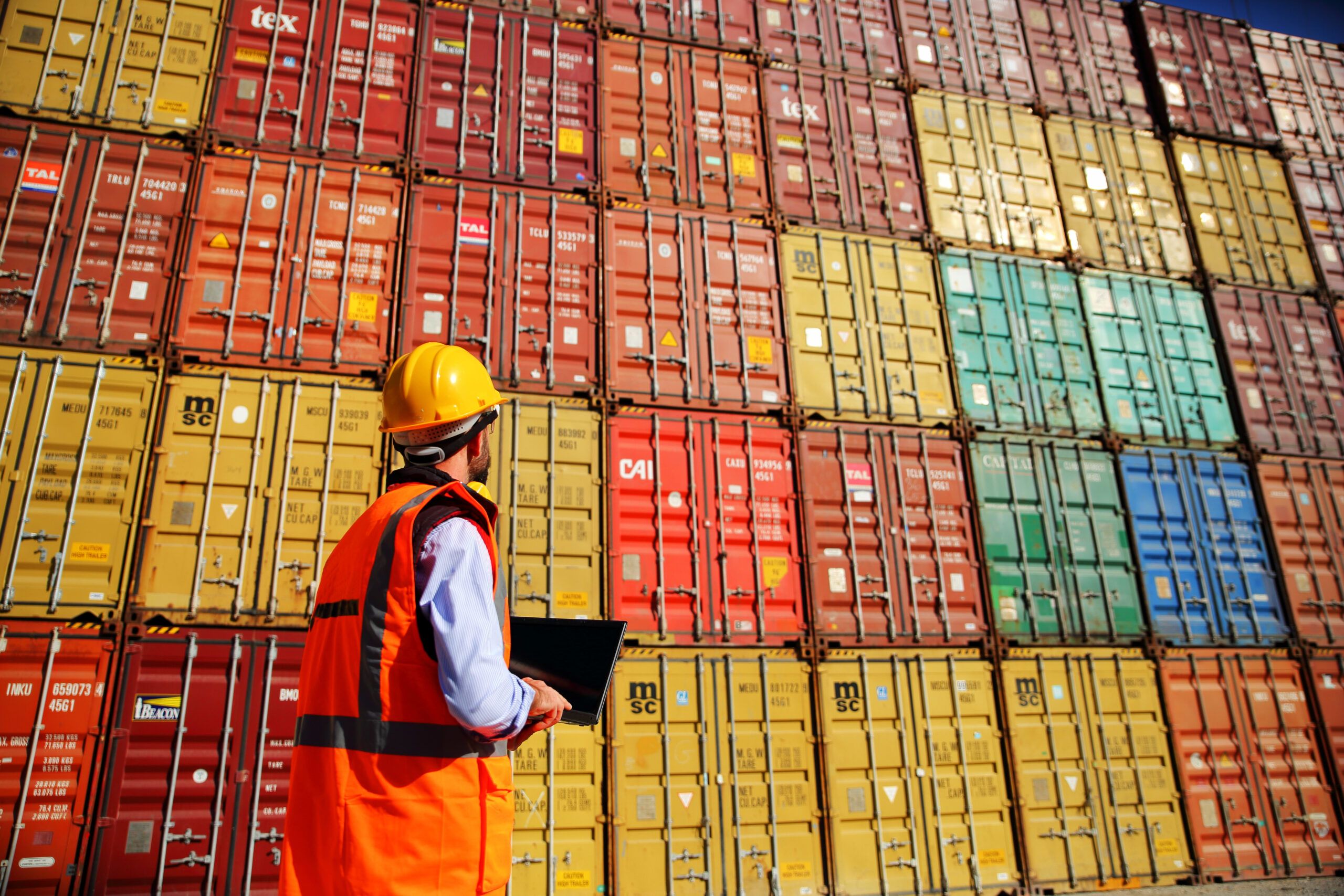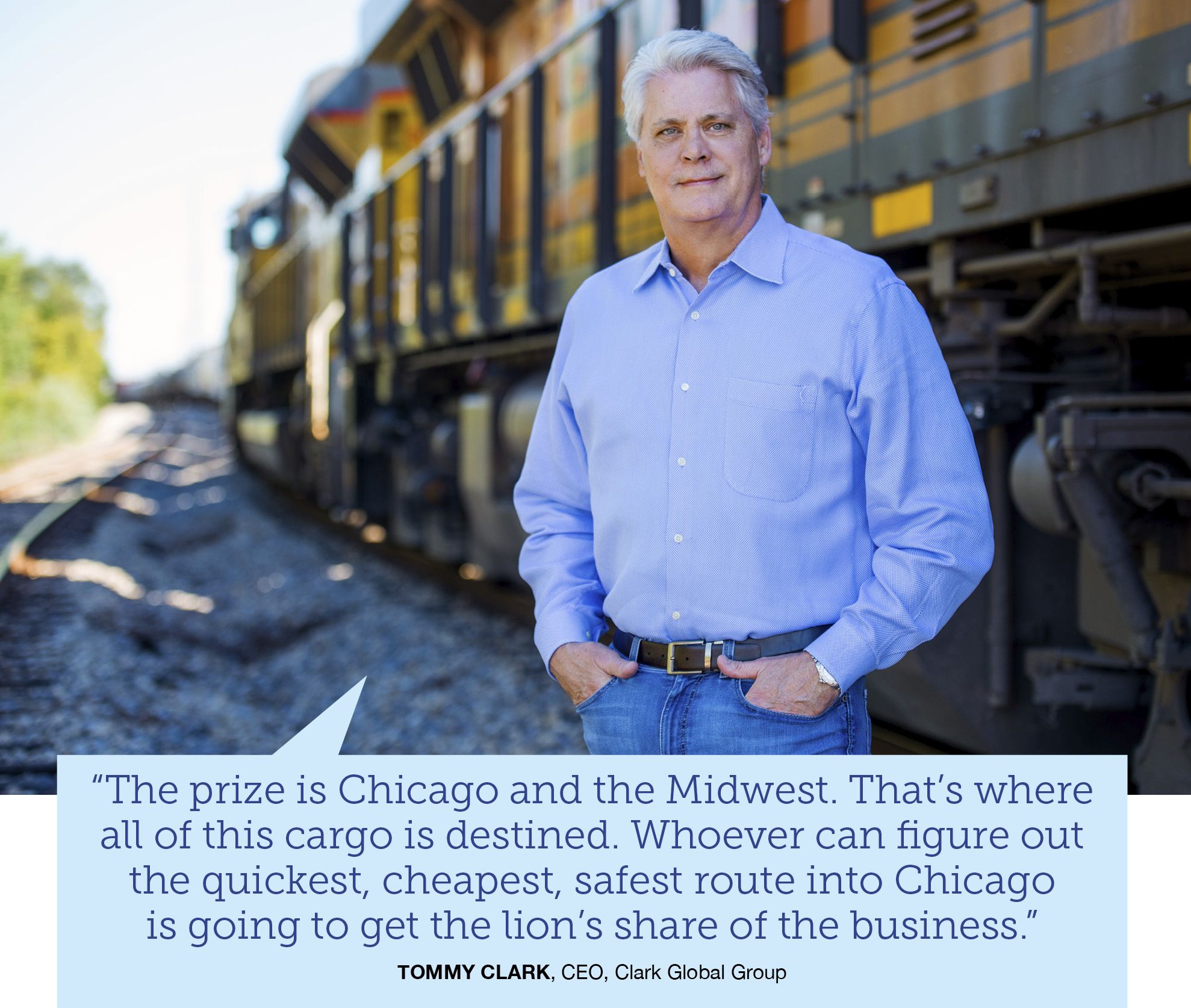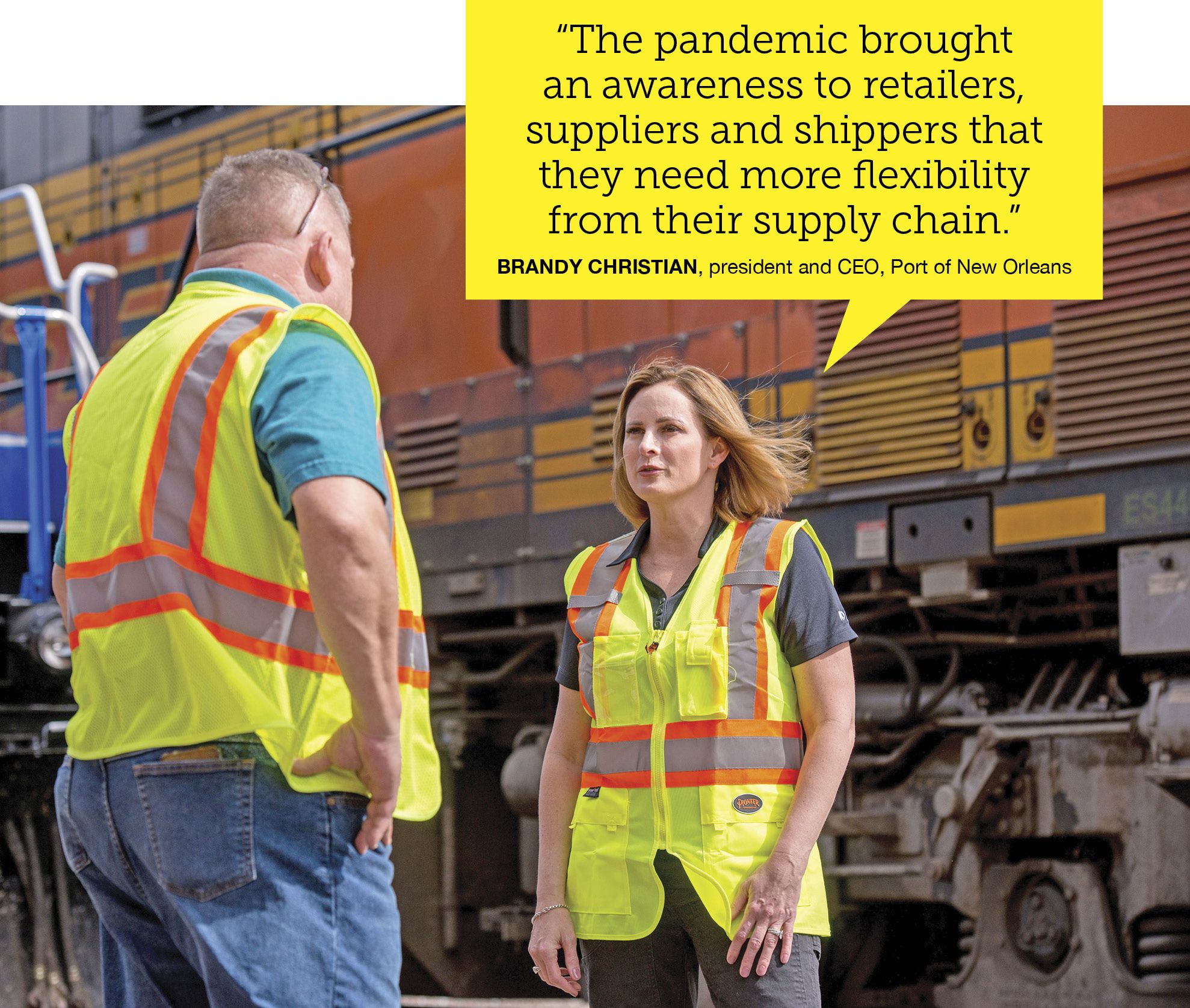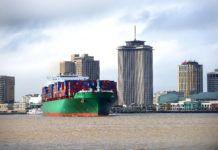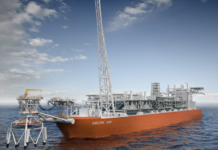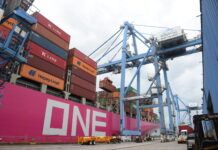There is opportunity in the current supply chain mayhem, but local transportation leaders say they’re working against the shot clock.
Until recently, Asian markets have depended primarily upon West Coast ports to get their goods ashore, which then make the long journey by rail to the U.S. heartland. That’s no longer an attractive proposition as ships there are routinely stacked up for days due to a lack of longshoremen and a rail bottleneck.
Tommy Clark, CEO of Clark Global Group in Baton Rouge, says the time is now for southeast Louisiana to capitalize upon a fortuitous confluence of factors and transform itself into an intermodal hub.
“The West Coast supply chain is in disarray and there’s no timeline in sight for that to be corrected,” says Clark, an independent multimodal infrastructure developer and prior commissioner of DOTD’s Office of Multimodal Commerce. “Right now, there are probably 40 ships anchored at Los Angeles and Long Beach, and costs are skyrocketing on container rates.”
That’s forcing manufacturers and shippers to look for alternative routes, and making Louisiana’s ports look very attractive. “The prize is Chicago and the Midwest,” he notes. “That’s where all of this cargo is destined. Whoever can figure out the quickest, cheapest, safest route into Chicago is going to get the lion’s share of the business.”
Read more about the supply chain challenges in Louisiana.
Everything is falling into place, says Brandy Christian, president and CEO of the Port of New Orleans. The widening of the Panama Canal has allowed large Panamex ships to easily access Gulf of Mexico ports, the Mississippi River is being dredged to 50 feet deep and significant investments are being made in new container terminals up and down the river.
And while southern California ports are burdened by congested rail lines, Louisiana offers six Class 1 railroads and a natural river route to the Midwest.
“Historically, it has been more expedient for Asian imports to go to the West coast and rail the product the rest of the way to Chicago, which is a huge market and a hub for distribution,” Christian says, “but with the widened Panama Canal there has been serious interest in New Orleans becoming an alternative gateway.”
She and other Louisiana port directors are informally discussing the creation of a truly multimodal hub for imports that could lead to a proliferation of regional distribution centers in the area. The COVID-19 pandemic has provided a unique opportunity for them to turn lemons into lemonade.
“The pandemic brought an awareness to retailers, suppliers and shippers that they need more flexibility from their supply chain,” Christian says, “and they’re looking at multiple gateways and modes of transportation. A number of distribution center developers are coming to us because the potential of the area has piqued their interest.”
Multimodal proponents hope that this influx in distribution centers would ultimately balance out Louisiana’s lopsided dependence on exports. “Until now, we haven’t had the population to draw the imports,” Christian says. “These distribution centers will artificially create that local demand. That’s why we’ve worked so hard to go after distribution centers. We’re finally seeing some movement in that direction.”
Amazon has made the biggest splash so far with its 820,000-square-foot robotics fulfillment center in Baton Rouge. Currently under construction, the project will create about 1,000 full-time jobs upon completion.
Jay Hardman, executive director of the Port of Greater Baton Rouge, says the area could be on the verge of an investment explosion. “It’s a logical progression that is still in its infancy, but the future looks bright for a massive surge of investment in the Baton Rouge to New Orleans corridor,” Hardman says. “There’s an opportunity here. As for my port, we’re positioned strategically at the Intercoastal Waterway, the Mississippi River and the highway system.”
More distribution centers could also lead to an increase in the number of available empty containers for his port’s “container on barge” program. Until now, the Baton Rouge and New Orleans ports have had to rely upon inland ports such as Memphis for their empty containers, which has hindered the program’s potential.
CONTAINERIZED SHIPPING CHANGED EVERYTHING
In the 1980s, the term “intermodal” primarily referred to two, interchangeable modes of transportation–truck to rail or rail to truck. That all changed with the rising popularity of containerized shipping. “When you talk about multimodal now, there are usually more than two modes involved,” Clark says. “That might be rail, barge, truck and/or air.”
In that regard, Port NOLA contends that the planned container terminal in St. Bernard Parish is its ace in the hole. The port has moved forward with the purchase of 1,100 acres from the St. Bernard Port for a long-planned, $1.5 billion second container ship terminal in Violet.
“We’re working against the shot clock,” Christian says, “and one of the main reasons we chose St. Bernard is that it’s the quickest to market. It has roads and rails already in place.”
There’s also room to grow, meaning distribution centers could one day physically locate there. Port NOLA is working with Louisiana Economic Development and Greater New Orleans Inc., as well as parish and city governments, to identify land parcels in New Orleans East, St. Bernard Parish and elsewhere that are tied to the port’s intermodal network.
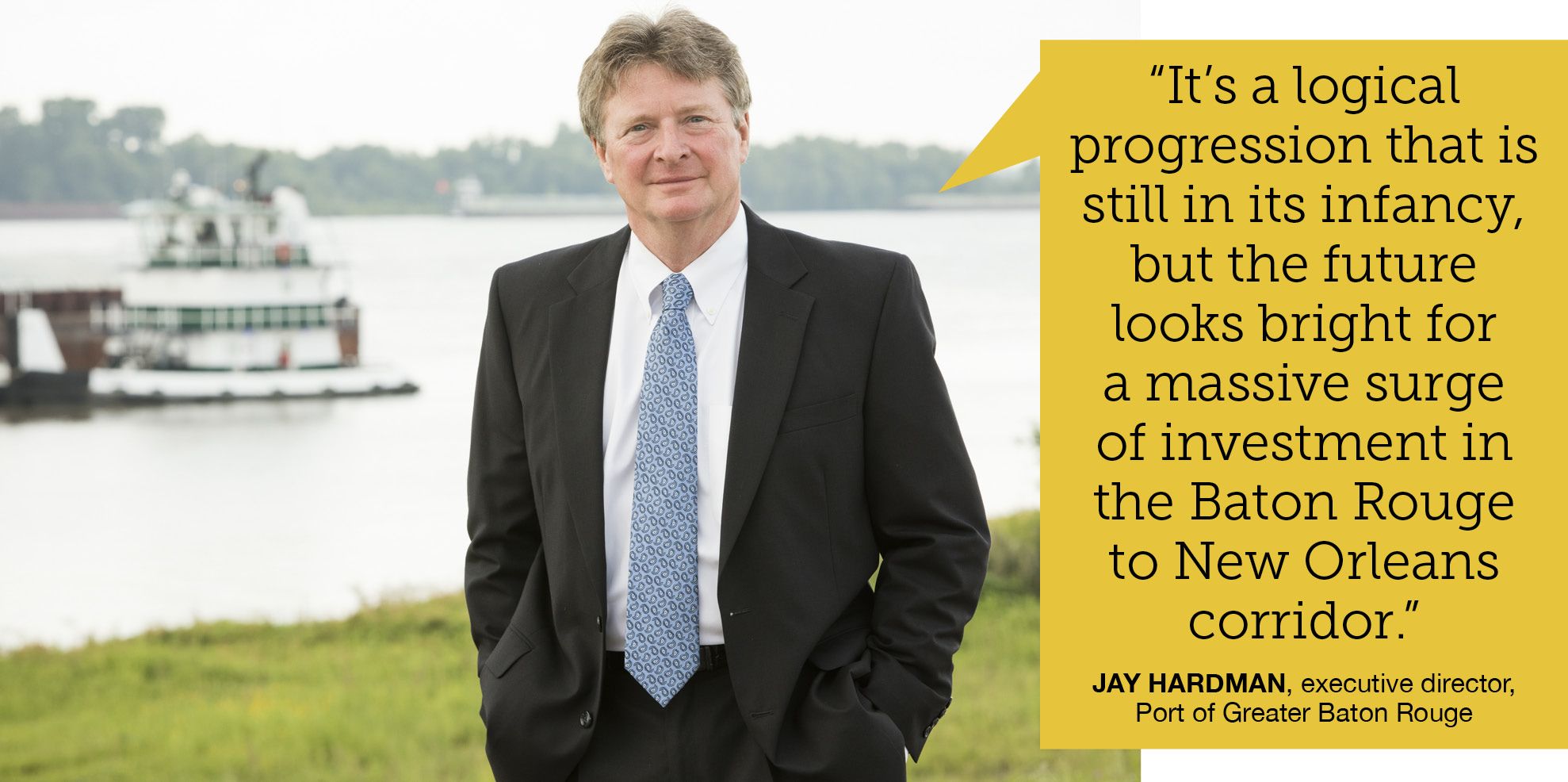
Hardman says the Port of Greater Baton Rouge is seeing its own container boom. “Our container business is well established and continuing to move,” he adds. “I think it will forge an opportunity for both regional producers and shippers to ship their goods in a variety of ways. With the congestion on the West Coast, I think shippers, consumers and others are seeing that the Mississippi River is a pretty viable corridor to take these boxes in, both imports and exports, and move them.”
Paul Aucoin, executive director of the Port of South Louisiana, wants his own container port, but says it would be operated in a decidedly different way. “I want to enter into an arrangement with a single container company that would ship all of their empty containers here,” Aucoin says. “We’d have our own container supplier from China.” From there, the containers would be shipped out by trucks, train or barge.
Nick of Time
An emerging multimodal port in Mossville could help smooth kinks in the industrial supply chain. Read the story.
Of course, rail is a critical component of any multimodal system, so Port NOLA is also expanding its rail yard for the Public Belt Railroad. That’s particularly important to the petrochemical industry, which periodically uses the rail yard for product storage. NOPB’s connections with six Class 1 railroads affords customers a direct connection to 132,000 miles of track serving all of North America, as well as provides a vital connection with ocean carriers.
In the same vein, the Port of Baton Rouge’s Hardman expects much of domestic distribution for Grön Fuels’ planned $9.2 billion renewable fuels complex to be by rail. To be built on port property over nine years, the facility is expected to produce up to 60,000 barrels per day of low-carbon renewable diesel, with an option to produce renewable jet fuel utilizing non-fossil feedstocks, including soybean oil, corn oil and animal fats.
“The predominant movement of their finished product is going to be by rail,” he says. “We built this chambering yard to service them, and I know for a fact that the rail component made it very attractive.”
The port is planning additional investments in its rail infrastructure. “I think water movement will grow, but initially the shipping of petroleum-based commodities will be by rail. We’ve been working extensively to enhance our rail infrastructure here, not only for Grön but for the port’s continued growth.”
A CONCERTED EFFORT
It can be a difficult proposition to get both the ports and state aligned with a common multimodal strategy. What Port NOLA’s Christian doesn’t want to see is competition between Louisiana’s ports. “The focus should be on a coordinated strategy. We should be competing with Mobile, Texas and the Carolinas, not each other,” she says.
The development of partnerships with other ports along the river “poises us to be a strong gateway,” she adds. “And we’re seeing progress … for the first time Baton Rouge and New Orleans are showing up on the Top 15 lists for distribution centers.”
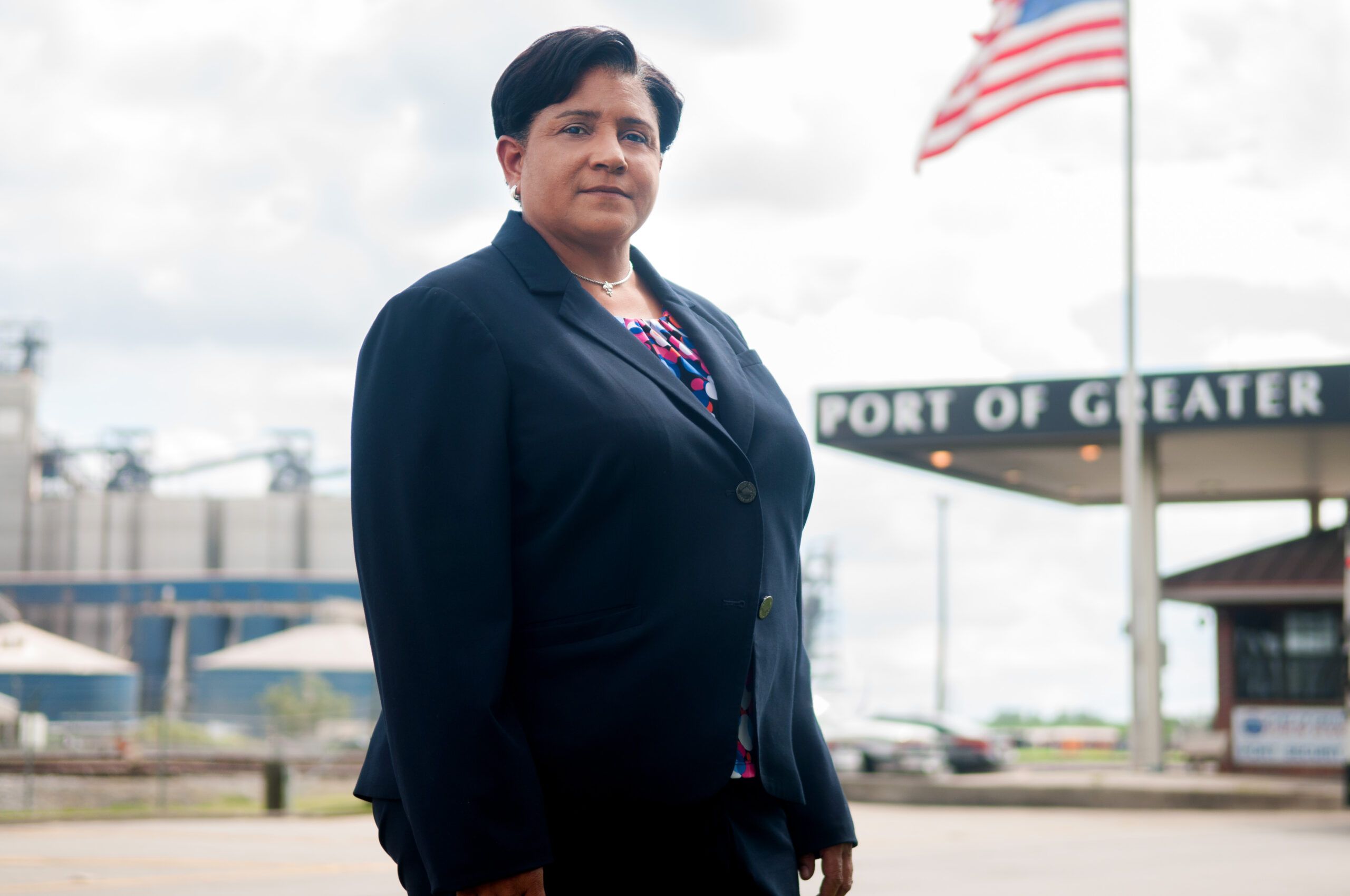
Rene Lapeyrolerie, current commissioner at the Office of Multimodal Commerce, says her office was created in 2016 for the express purpose of aligning Louisiana’s transportation assets, and moving them forward in a structured and consistent way. She works closely with LED to keep them apprised of the state’s current rail, port and airport assets. “We might not be the first point of contact, but when that opportunity comes we are involved in the conversation,” she adds.
Lapeyrolerie says the primary stumbling block to true multimodal connectivity in Louisiana has been the age of its infrastructure—particularly highways. Decades of deferred maintenance at the local, state and federal levels is having a cumulative effect. “Unfortunately, the needs outweigh the available money that we need to get there,” she adds.
Hardman agrees that improvements to both highways and bridges are a pressing need, but that’s nothing new. He can see the gridlock on the Mississippi River Bridge every day from his office at the Port of Baton Rouge. “Road infrastructure improvements will play a big role if we’re going to have these regional distribution centers,” Hardman says. “At some point, they’re going to need to get out on the road. You can only take it by rail so far.”
Read the entire digital Fall 2021 edition of 10/12 Industry Report.

